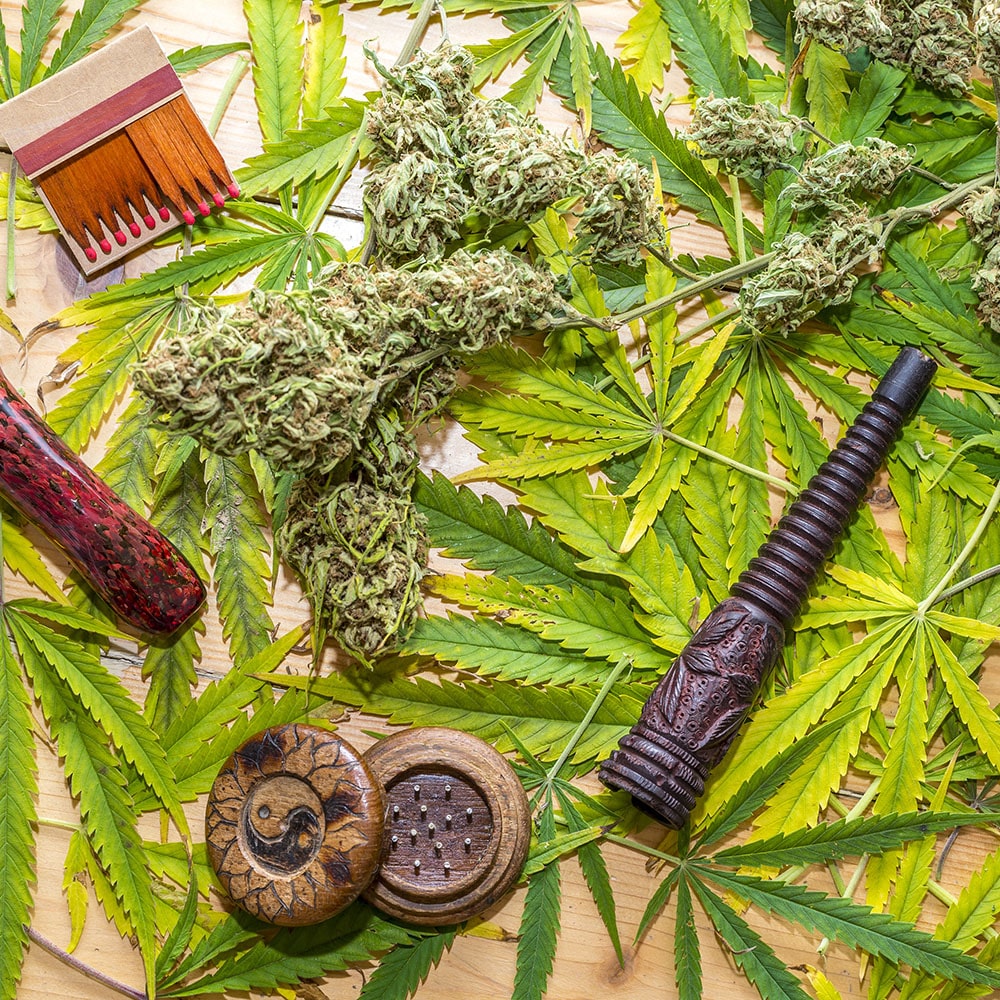New York University has found 9% of American adults between the ages of 50-64, and 2.9% of those 65+ have used marijuana at least once in the past 12 months. New figures were taken from data collected in 2015, and 2016 and they show large increases in both age groupings: in 2006-2007 only 4.5% of adults aged 50-64 and 0.4% of those aged 65+ reported using marijuana.
The plant was unnecessarily vilified and unjustly banned using little more than agenda setting biased hear-say evidence that would have been simply dismissed in modern day court. Science based factual evidence is helping to remove days of old propaganda and misinformation to change attitudes towards marijuana as growing numbers of states and countries legalize medical and recreational marijuana.
The majority of marijuana supporters tend to be younger adults, but the baby boomer generation does have more experience with recreational drugs than that of previous generations. Baby boomers grew up in a time of significant cultural change which included the surge in popularity of the use of recreational drugs during the 60s and 70s. In this new era as propaganda and stigmas decline along with access to it improving baby boomers who may have had prior experience are using it increasingly.
17,608 participant’s data from the 2015-16 National Survey on Drug Use and Health aged 50+ were used in this study. 54.5% of baby boomers and 22.4 of adults aged 65+ were found to have used marijuana at some point in their lives. Participants were asked about their marijuana use such as when they first tried it, and whether they had in the past 12 months. When subjects first tried marijuana varied by age group: 92.9% of those aged 50-64 and 54.7% of those aged 65+ first tried marijuana when they were 21 years old or younger; and 15% of those aged 50-64 and 22.9% of those aged 65+ report a doctor recommending it to them.
Marijuana has been shown to have benefits in treating certain conditions including neuropathic pain and nausea. Researchers suggest clinicians screen older patients who use marijuana for other substances to make sure they are educated on concurrent use of multiple drugs.




